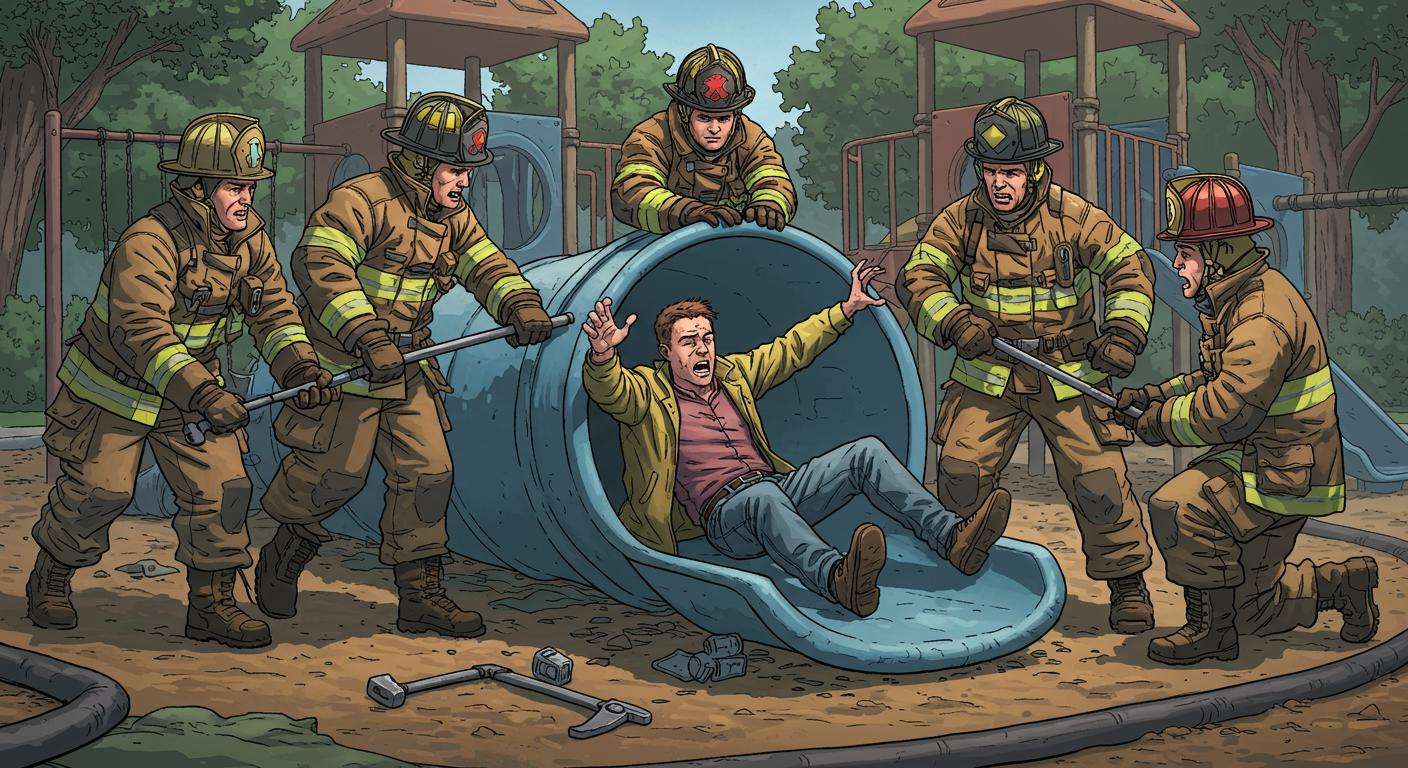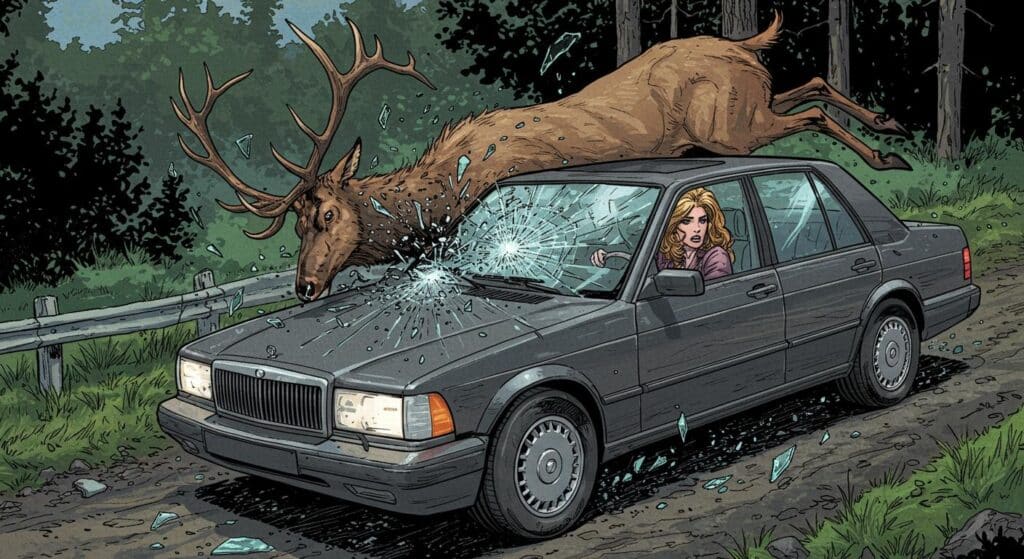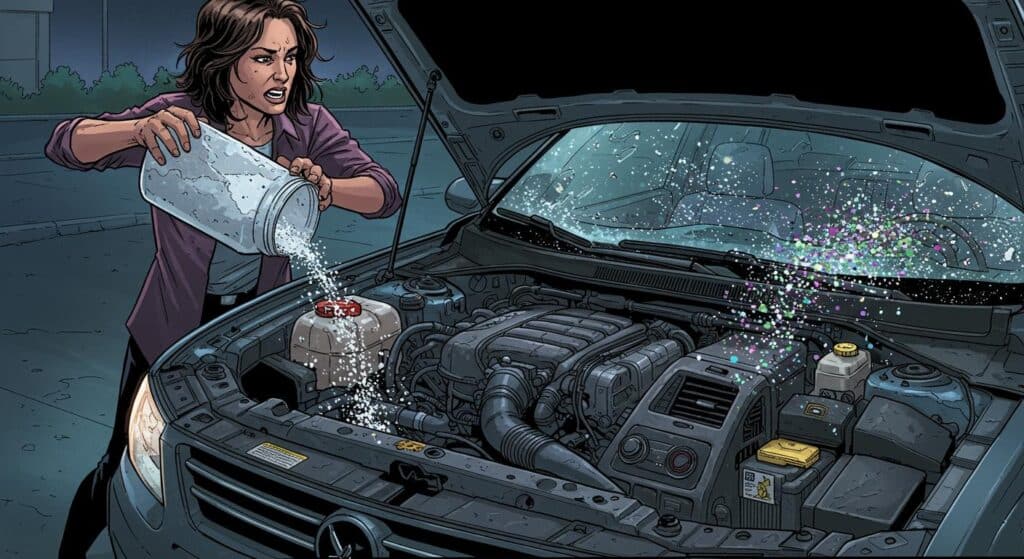There’s a certain logic to playground design—at least, that’s the working theory. Slides are engineered with the expectation that their riders will fit, navigate, and emerge without requiring the fire department or an existential reset. That theory took a twist this weekend in Vernon, Connecticut, where, as UPI reports, firefighters, EMS, and police responded to the curious case of a 40-year-old man “wedged feet and head first” inside the middle of a tube slide at Northeast Elementary School.
According to officials cited in the outlet’s account, the incident unfolded just after 4:30 p.m. when responders were called for what was diplomatically termed a “confined space rescue.” The photos released by the Town of Vernon Fire Department display a predicament equal parts slapstick and claustrophobic: a grown adult, somehow folded at the waist and stuck sideways, right where the curving slide’s optimism runs up against geometry. Crews, facing both heat and a limited oxygen supply inside the plastic tubing, set up ventilation equipment to keep the man cool before partially disassembling the slide for his extraction. In a detail highlighted by UPI, the rescue took about thirty minutes, after which the man refused both medical treatment at the scene and a trip to the local ER. No injuries—just perhaps a dented sense of scale.
The Realities of Confined Spaces (And Aspirations)
It’s tempting to treat stories like this as one-offs, but as UPI also notes in its “Odd News” section, the world teems with unexpected entanglements: a hefty horse hoisted from a hole in Maryland, a cow commandeering an Illinois overpass, or a wallet emerging from a car hood eleven years after its disappearance. Humans and animals alike seem determined to seek out the unlikeliest corners, often at the precise moment those spaces prove less accommodating than anticipated. And always, there’s a first responder somewhere whose training never specifically addressed “adult in playground slide.”
In the Vernon case, the rescue was brisk and professional—a testament to adaptability in the face of new and novel emergencies. The man’s motivations for entering the slide remain unexplored, and perhaps mercifully so. Was it whimsy, nostalgia, or something as mundane as retrieving a lost item? The official reports are politely silent.
Sliding Into Infamy
One can’t help but notice that “for children ages 5–12” isn’t so much fine print as a barrier of plausibility we steadily misjudge as the years go by. Reexamining the world from the vantage point of adulthood, physical spaces that once seemed vast or inviting now have a stubborn habit of pinching back—sometimes literally. This isn’t just a matter of inches, but of hopeful miscalculation. How many of us, after all, have stood at the entrance to some metaphorical (or actual) tube slide, confident the exit was just as wide as we remembered?
In joining the unofficial hall of fame for those whom playground equipment has bested, our Connecticut protagonist reminds us that even the most ordinary of settings can deliver the day’s best cautionary tale. Which begs the question: what’s the next everyday object poised to check our sense of proportion, public or private? And would any of us admit it if we met the same, inescapably snug, fate?







